I was travelling to Ronda, high in the Spanish Andalusian mountains, on a train from Algeciras in a south of Spain.
Create a free account to read this article
$0/
(min cost $0)
or signup to continue reading
As I waited for the train at Algeciras, an older Spanish man asked me in broken English if I was on my way to the festival.
“I am going to Ronda,” I said. “Is there a festival on there?”
“Ah yes, the Romantica festival is on this weekend.” he said.
“You came at just the right time, it is wonderful”.
I had booked three nights in Ronda, months ago. I had no idea there was a festival on when I booked. I just wanted to see this picture perfect town in the middle of the mountains with the famous bridge, the Puente Nuevo.
The Romantica festival is a wonderful opportunity to travel back in time.
This Royal May Fair was first held in Ronda in 1509 and has been for many centuries, the most famous in the Andalusia region. I had no idea what to expect but it turned out to be one of the most wonderful experiences of my life.
Ronda itself is a gorgeous mountaintop town, that is set around a dramatic gorge.
High on a clifftop, Ronda overlooks a spectacular patchwork of farmland and hills all around.
The cobblestone streets and mix of Moorish and classical architecture are fascinating. It’s very easy just to wander and imagine you are in a time long gone by.
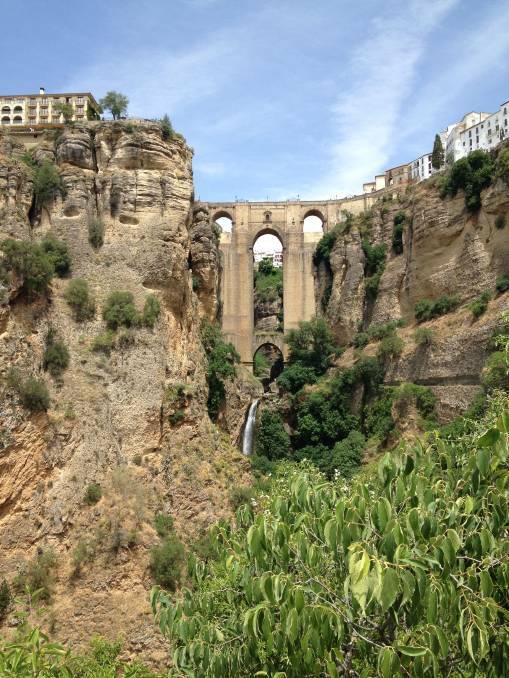
Then there are the bridges. The famous Puente Nuevo, the largest of the bridges, spans the 120 metre deep El Tajo gorge below and translates as “new bridge”. It was completed in 1793 after forty years construction and the loss of fifty-odd lives.
A short walk down the gorge from Puente Nuevo is the Puente Viejo , or Old Bridge. This was built in the early 17th century.
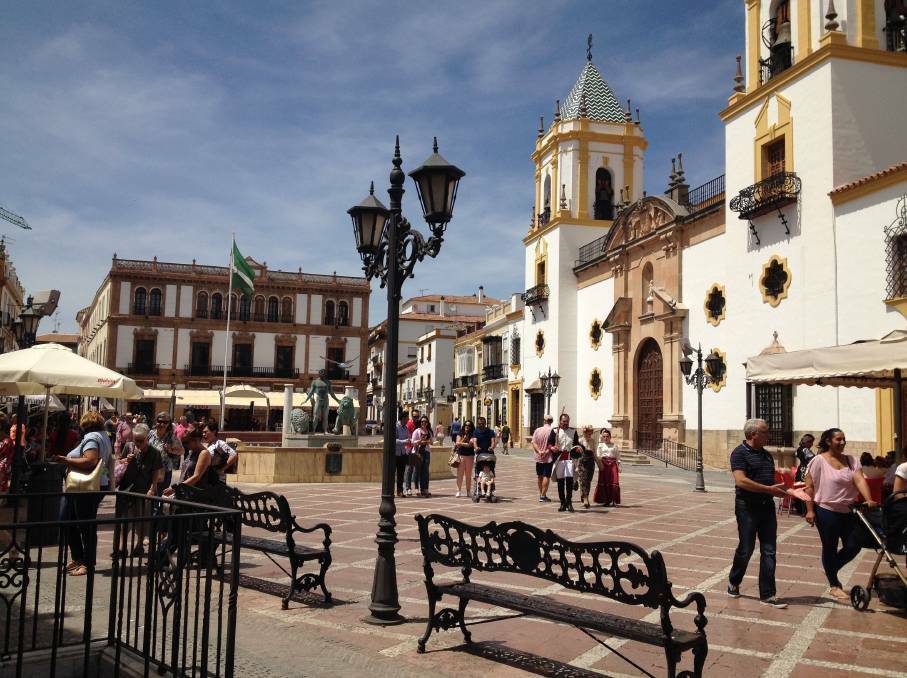
The third bridge, the Puente Romano or Roman Bridge is at the end of the gorge. Walking between the three bridges at the top of the gorge, you pass through the Jardines de Cuenca, gardens which have been impossibly terraced into the gorge.
You can see the Guadalevin river weaving its way through the rocks of the gorge, many metres below. It is a spectacular sight.
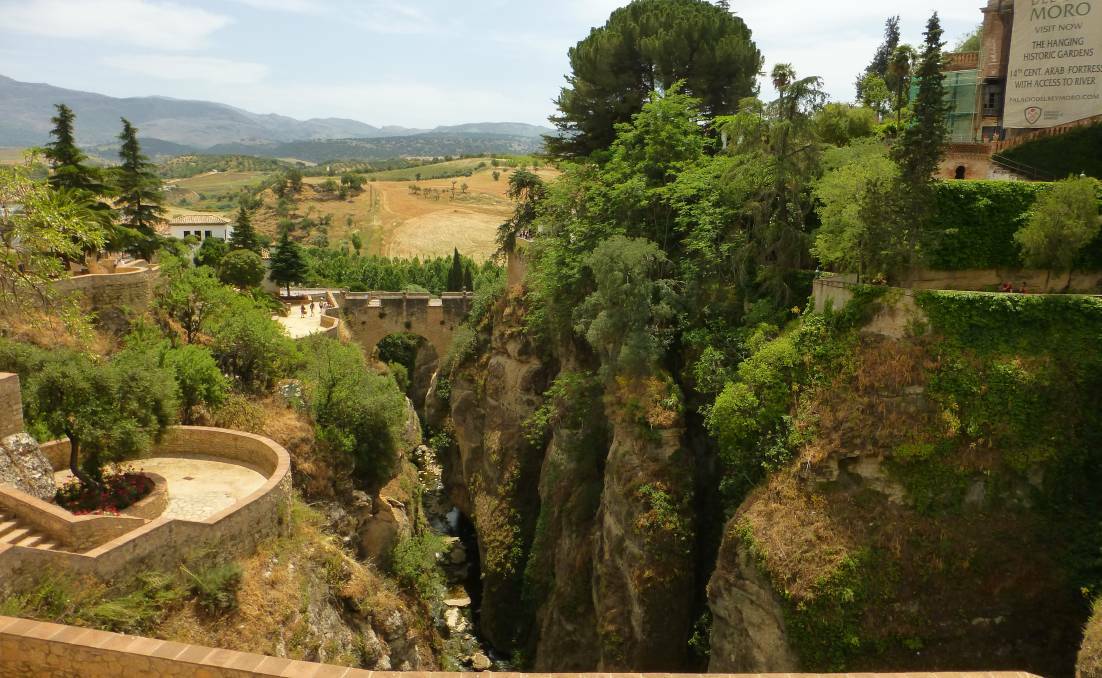
The Romantica festival is a celebration of the Romanticism era in Spain, which ran from roughly the late 18th to middle 19th centuries.
The locals dress in the fashions of the era, which for men include breeches, long boots, bandanas and black hats, loose white shirts and colourful jackets.
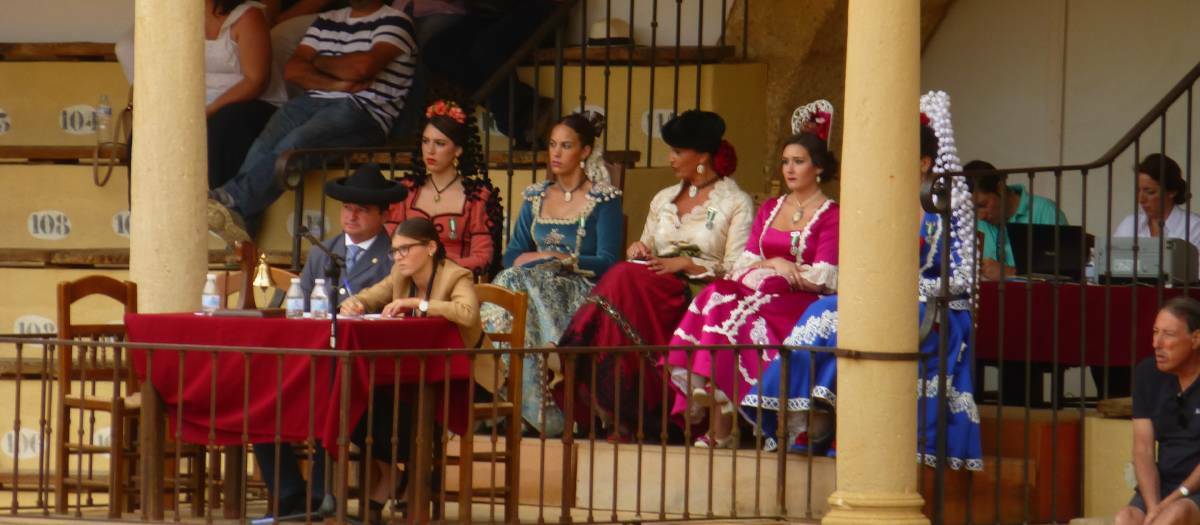
Women wear long, colourful dresses with adornments in their hair. Even the horses, which feature in the festival, are adorned with colour.
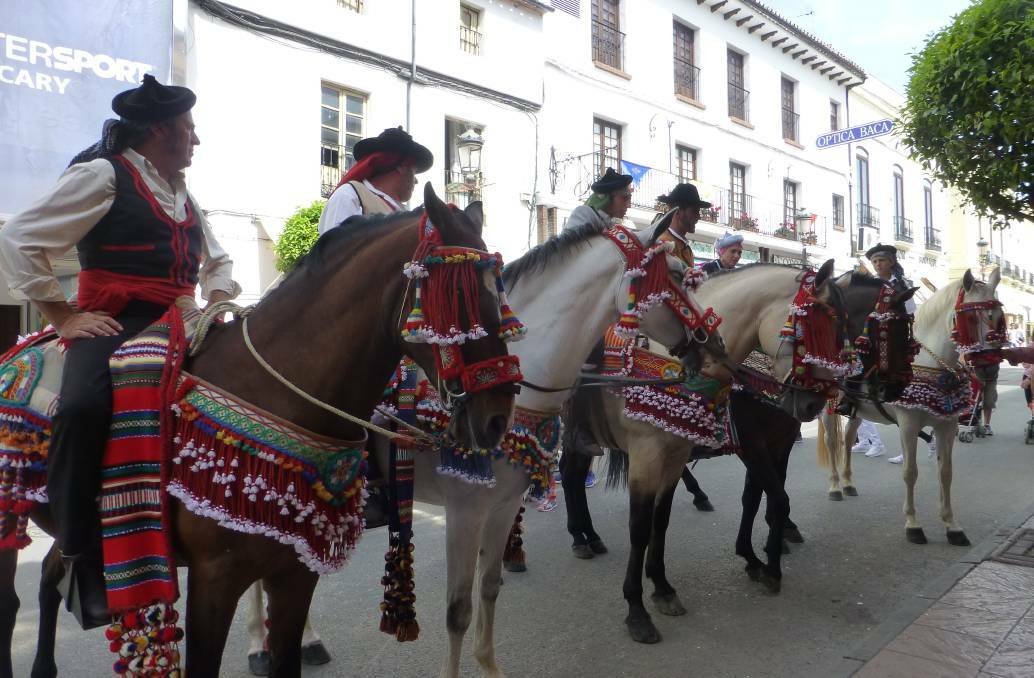
Throughout the historic streets, there are locals everywhere in their Romantic fashion finery. Small armies of men in historic military uniform march around town randomly firing off muskets. I’m never quite sure when they’re going to fire and it gives me a start whenever they go off.
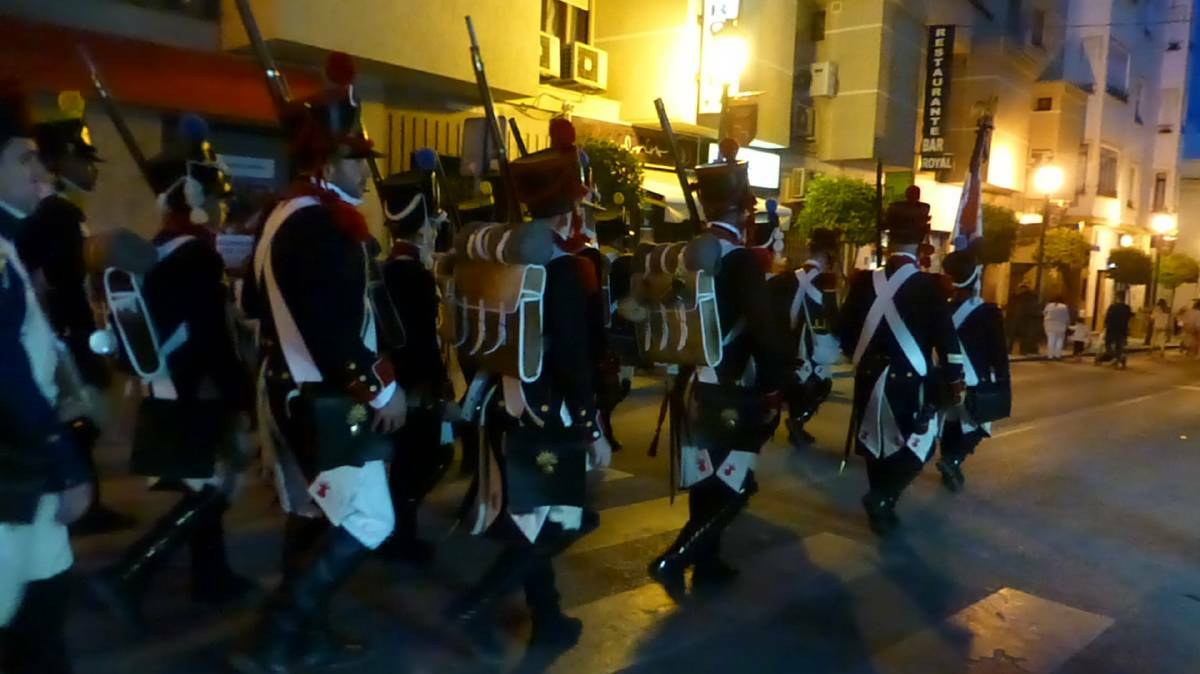
The Plaza de Toros, one of the largest and oldest bullrings in Spain, is opened as part of the festival and I am treated to an exhibition of horsemanship like no other.
The bullring is home to the “Real Maestranza de Caballera de Ronda” which translates to Royal Equestrian Armoury of Ronda, the famous Andalusian ‘dancing horses’. I am entranced and thrilled by their perfect, synchronised movements.
There is traditional music and the famous flamenco dancing, which is originally from this region of Spain. And the food!
The Alameda del Tajo, a large and shady 19th century garden set atop the steep cliff that Ronda perches on, is full of food stalls, traditional artisan foods, locally sourced and produced .
Huge pans on open flames are full of paella, chorizo and fresh vegetables. Locally produced cheeses, honey, sausage and Iberian jamon (ham), wine and breads are a highlight. I wander for hours taking in the sights, sounds and smells. It is a gastronomic orgy of the senses.
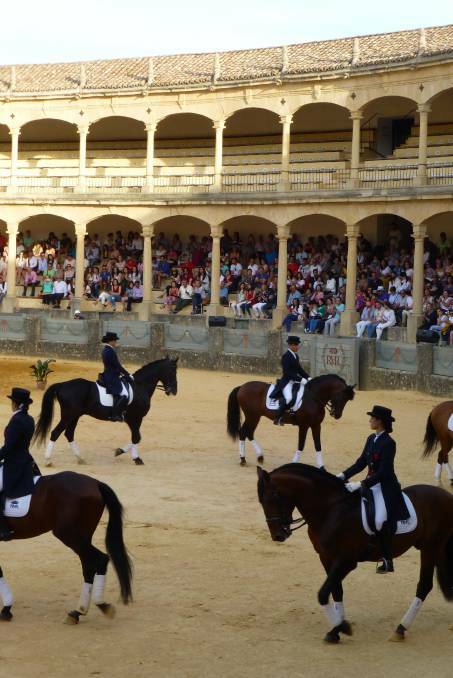
The festival runs for four days, both day and night.
At night Ronda and her bridges are lit up and the whole town becomes a twinkling, medieval fairyland. It’s as if this town has become a microcosm of all that is Spanish culture and I totally fell in love.
It’s a truly wondrous event and one I am so glad I got to experience. The Ronda Romantica festival is held at the end of May each year.




